THE MET GALA- Black Dandyism and The 70's Revival That Will Shape The Next Years of Fashion
The Met Gala 2025 theme"Superfine: Tailoring Black Style" may hint to a New-Age Black Renaissance.
The first Monday of May is THE fashion holiday. The Met. It is one of the biggest days for stylists, designers, celebrities, and honestly, anyone in fashion. The Met Gala is a fundraising event to support the Metropolitan Museum of Art in New York, with a price tag of $75,000 per ticket. Like most people, I casually consume Met Gala content through social media. Every year, I look forward to unrecognizable men in the most basic black suits and Zendaya pulling another theatrical look that breaks the internet. The Met has given us some iconic looks throughout the years, but this year, I was skeptical. The 2025 theme is "Superfine: Tailoring Black Style," exploring themes and inspiration from the book Slaves to Fashion: Black Dandyism and the Styling of Black Diasporic Identity by Monica L. Miller. My skepticism stems from the history of brands, designers, and fashion houses' appropriation and caricaturization of black culture rather than a celebration of the unique style. As a lover of fashion and culture, I had to learn more about the idea behind the Dandy and the significance and importance of this topic in 2025.
To understand the theme, Complex produced an excellent interview, "Black Dandy Explained: Met Gala 2025's Bold Theme | PLEASE EXPLAIN," hosted by the editor-in-chief of Complex, Aria Hughes. She interviews pioneers of modern-day Black Dandyism, Dapper Dan, June Ambrose, and Ali Richmond, to truly understand what it means to be a Black Dandy.
So, what is Dandyism? Well, it's a nuanced answer with an extended history dating back to the 1850s. It means a lot of things to many different people; for the purpose of the Met Gala, Dandysim, stylistically and simplistically, can be described as tailored men's clothing as a means of making a statement, self-expression, or storytelling. Black Dandyism is a storytelling conglomerate or melting pot of blackness and fine tailoring.
Based on the Vogue video "The Making of Vogue's Met Gala Issue- the author, Monica L. Miller, defines dandyism as "somebody who studies above all else to dress elegantly and fashionably. When the Dandy is black, we get to see the Dandy as a figure that really encapsulates a kind of matrix of identity, race, gender, class, sexuality, and sometimes nation. I am really interested in thinking about clothing, dress, and fashion as a tool, as a critique, and also as a creative mode of thinking about liberation."
June Ambrose says Anna Wintour (editor-in-chief of Vogue) is executing this theme as a beautiful love letter to André Leon Talley. Fashion editor, creative director of Vogue, dandy, and a pioneer for queer black stylists everywhere. I currently intern at a boutique and had the great pleasure of learning from a stylist who relayed his experience with Talley and suggested we watch his documentary. André Leon Talley was heavily inspired by how Black men dressed for church. The black church is a source of inspiration for many industries, including fashion, music, and film. Black men's fashion and tailoring inspired him to always wear suits as his armor. The idea that when you look good, you feel good came to fruition with Talley's style.
In Congo, Sapeurs are the pioneers of dandyism in Africa. Having similar histories, men in the 1920s wore tailored European clothing to gain social capital and respect under colonialism. Today, Congolese dandyism is more than fashion and clothing; it's about the attitude and way of life. Men have passed down the Sapeur lifestyle through their lineage, but women have begun participating in the movement.

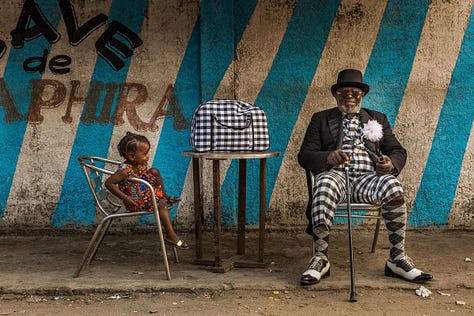
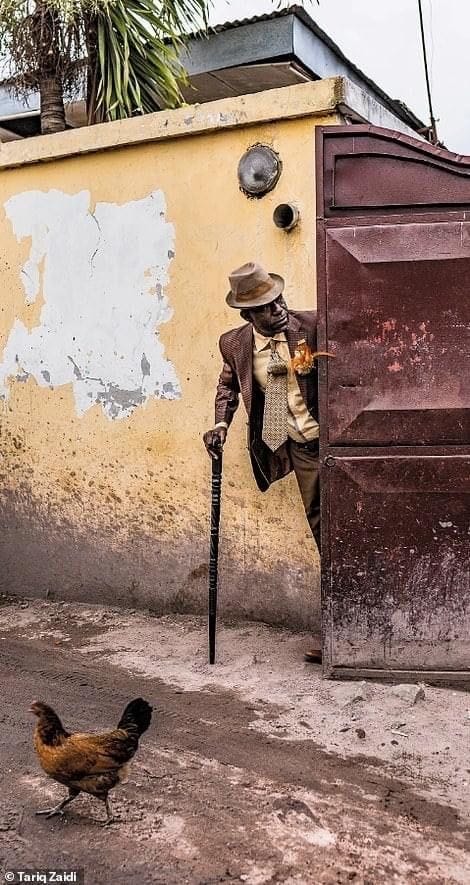
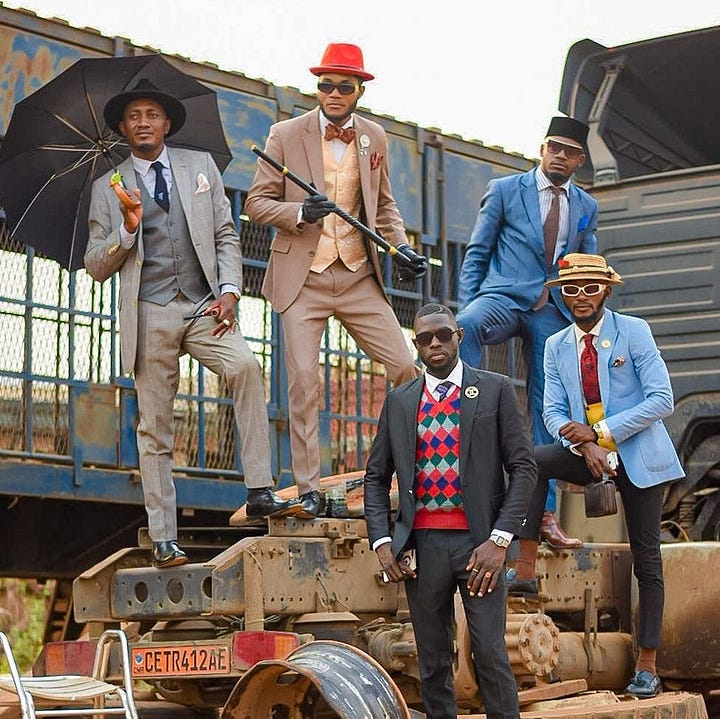
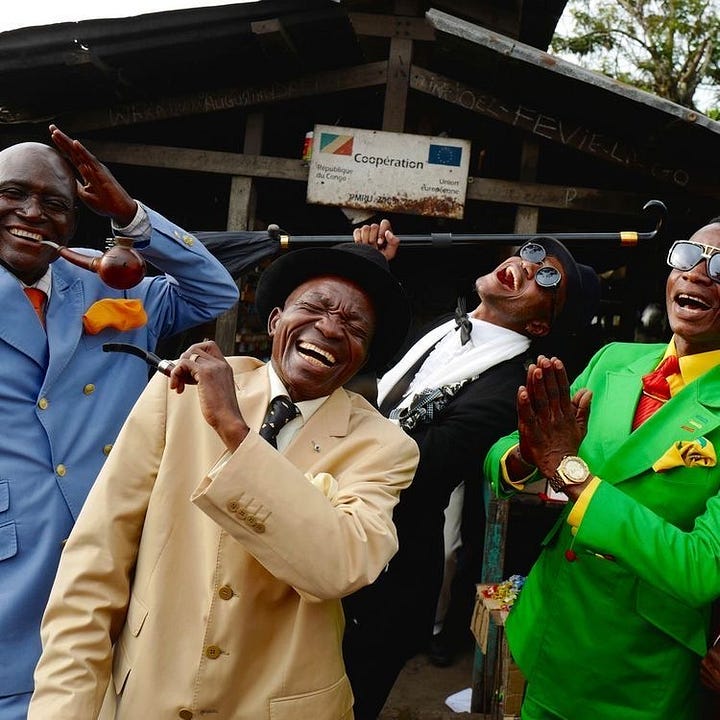
The Black Dandy was formed despite bondage and captivity. Black Dandyism is derived from the idea of making a political statement to disrupt the system and the concept of blackness while celebrating male blackness. At that time, seeing black men in tailored suits was unusual. Since its inception, Black Dandyism has flourished and expanded into totally different styles. Some people who emulate the Dandy aesthetic are Jay-Z, Gladys Bentley, Colman Domingo, Miles Davis, James Baldwin, Dapper Dan, Tyler the Creator, Pharrell, Janelle Monáe, and Doechii. All these people have in common is their unique style tailored to their body and aesthetic, along with that male tailor aspect or uniform. Jon Batiste stated beautifully that a dandy is "somebody that celebrates living in a one-of-a-kind body and tailors everything to that body."
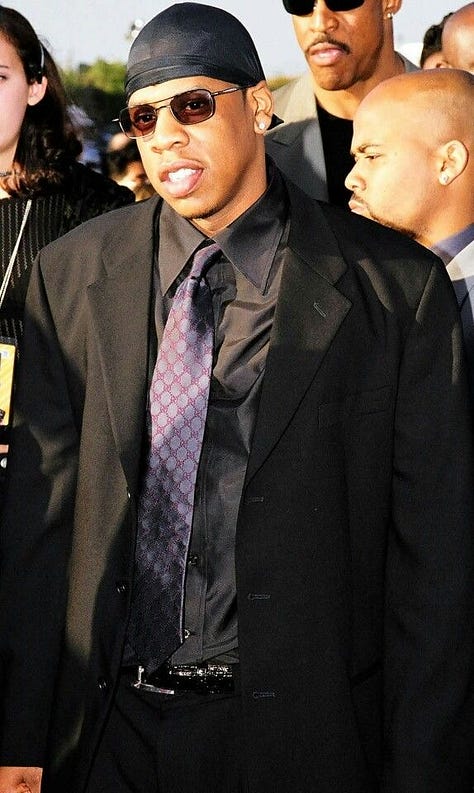
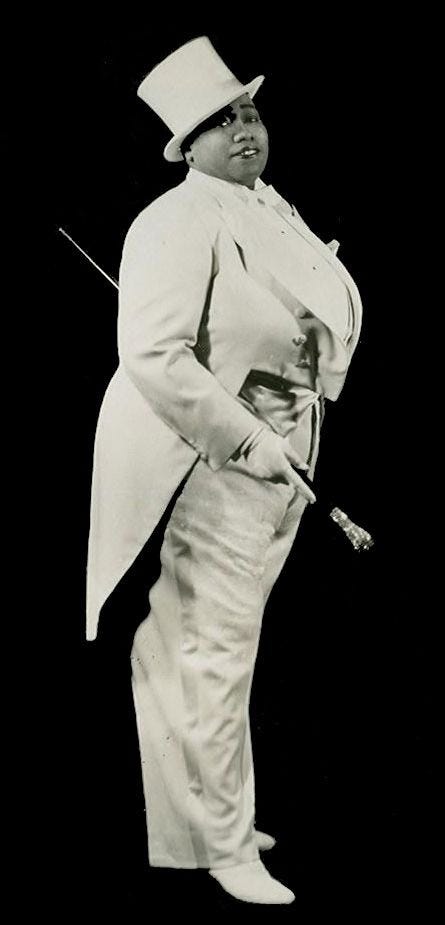
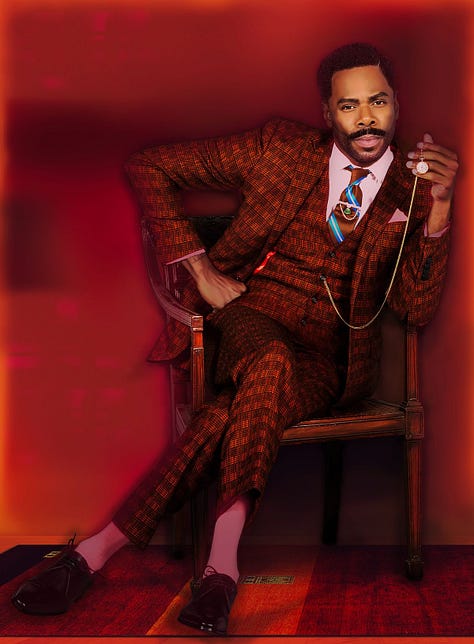
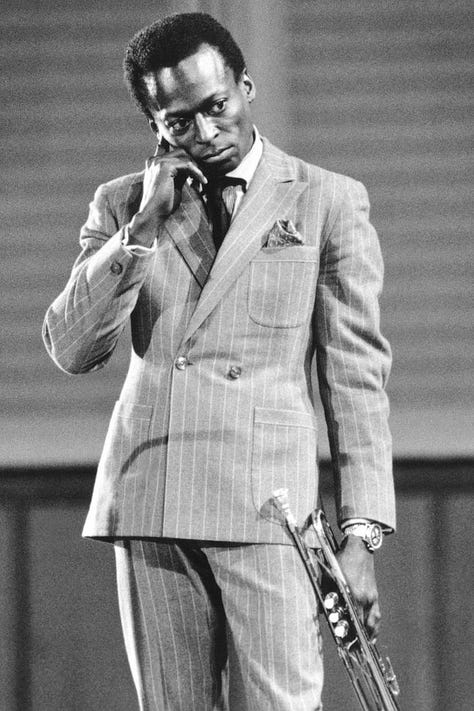

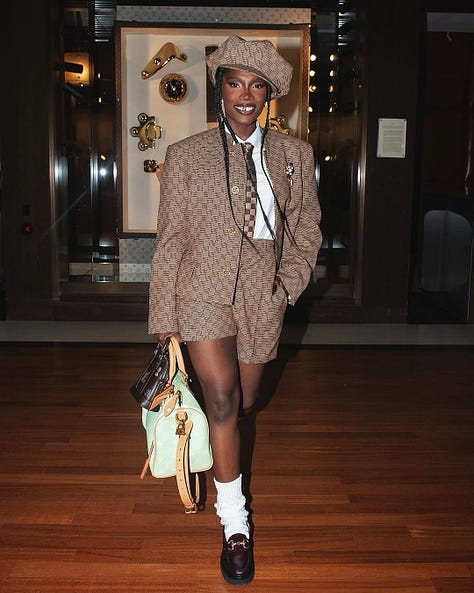
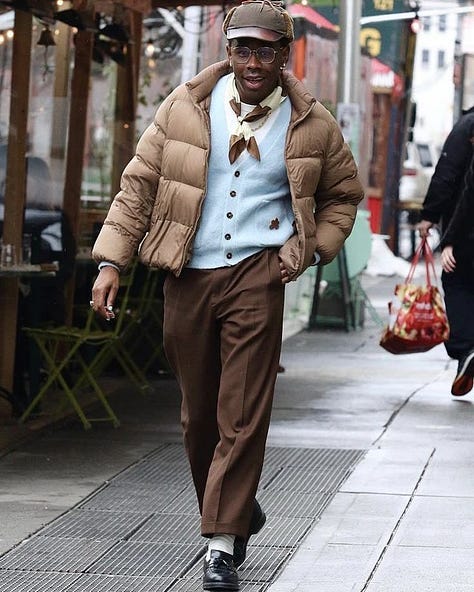


Vogue recently released a video about the dandyism cover and had multiple celebrities tell us their idea of dandyism. I couldn't help but see such a heavy influence of the '60s and '70s aesthetic and likeness. I noticed this resurgence in 2024 - Is the '70s aesthetic coming back? As Tokyo Toni would say, well, yes. From Kendrick's rendition of If This World Was Mine by Luther Vandross to the bell-bottom jeans at the Super Bowl. Clairo and Doechii's whole aesthetic and color scheme and, more recently, the Vogue Dandyism cover shoot, proved this theory. As people step away from fast fashion and the Y2K theme, the '70s seem to have multiple reasons for gravitating towards this image. Which is also synonymous with the current political climate of the '60s and early '70s of the Civil Rights Movement, Women's Liberation Movement, and Anti-Vietnam War Movement.
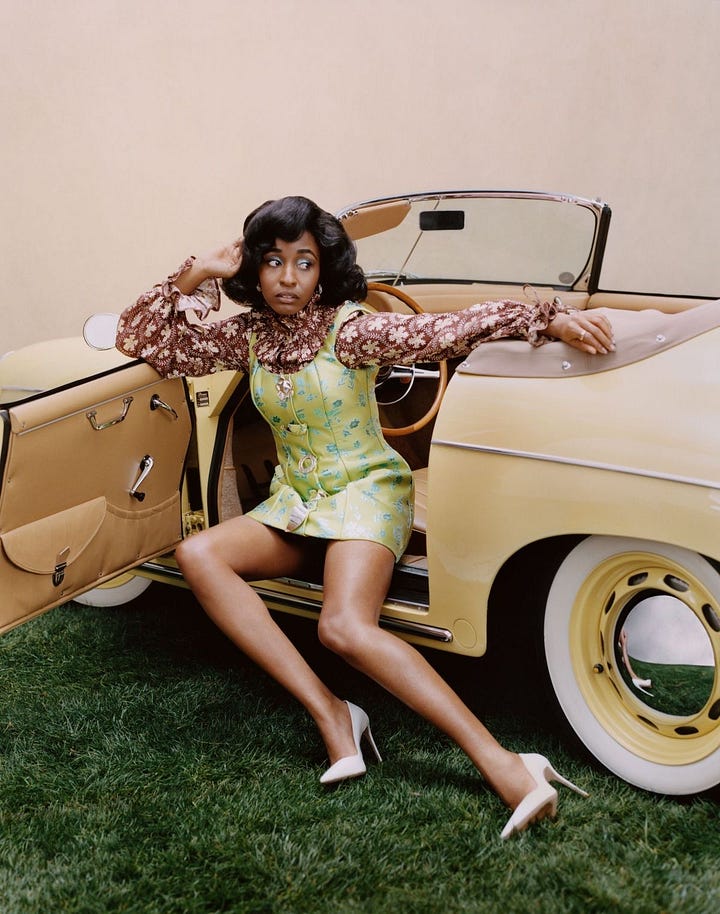


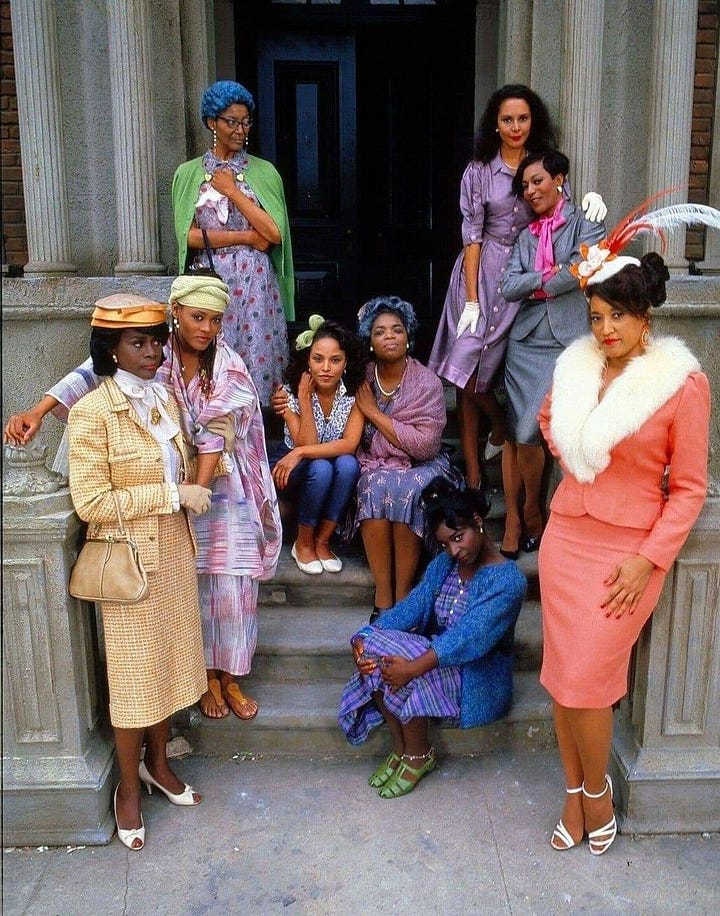
I think it's fascinating that this theme was picked during this period of historic wars on education, history, and democracy in the United States. Fashion and politics are more symbiotic than you may realize. This theme was decided before our current president, but that doesn't negate the relevance and importance of the theme in 2025. Evidently, what is perceived politically and what is being produced and consumed by the masses do not match. People want, appreciate, and welcome diversity.
As we see an erasure of POC history, specifically black history, the next few years will focus on cultural preservation. The Met Gala, celebrating Black dandyism, signifies the importance of passing down history. The Sinner's film, directed by Ryan Coogler, which is not set in the 70s' still affirms the theory. In more projects, whether in fashion, writing, cinema, or music, Black artistry and stories should be celebrated and essential to the fabric of global culturalism. As a form of resistance, we'll see an explosion of quality art. This idea of a New-Age Black Renaissance will have the theme of history that the current administration is trying to erase.What makes good art is intentionality, history, and uniqueness, focusing on making everlasting and tasteful decisions rather than what is trendy and what will get the most engagement.
While May 5th is an ordinary day for most people. The theme of Black dandyism comes at a time when the people need it the most. This event may be fun and fashion-forward, but I challenge you to consider your style and creativity as a form of defiance and liberation.
Happy Met!!




